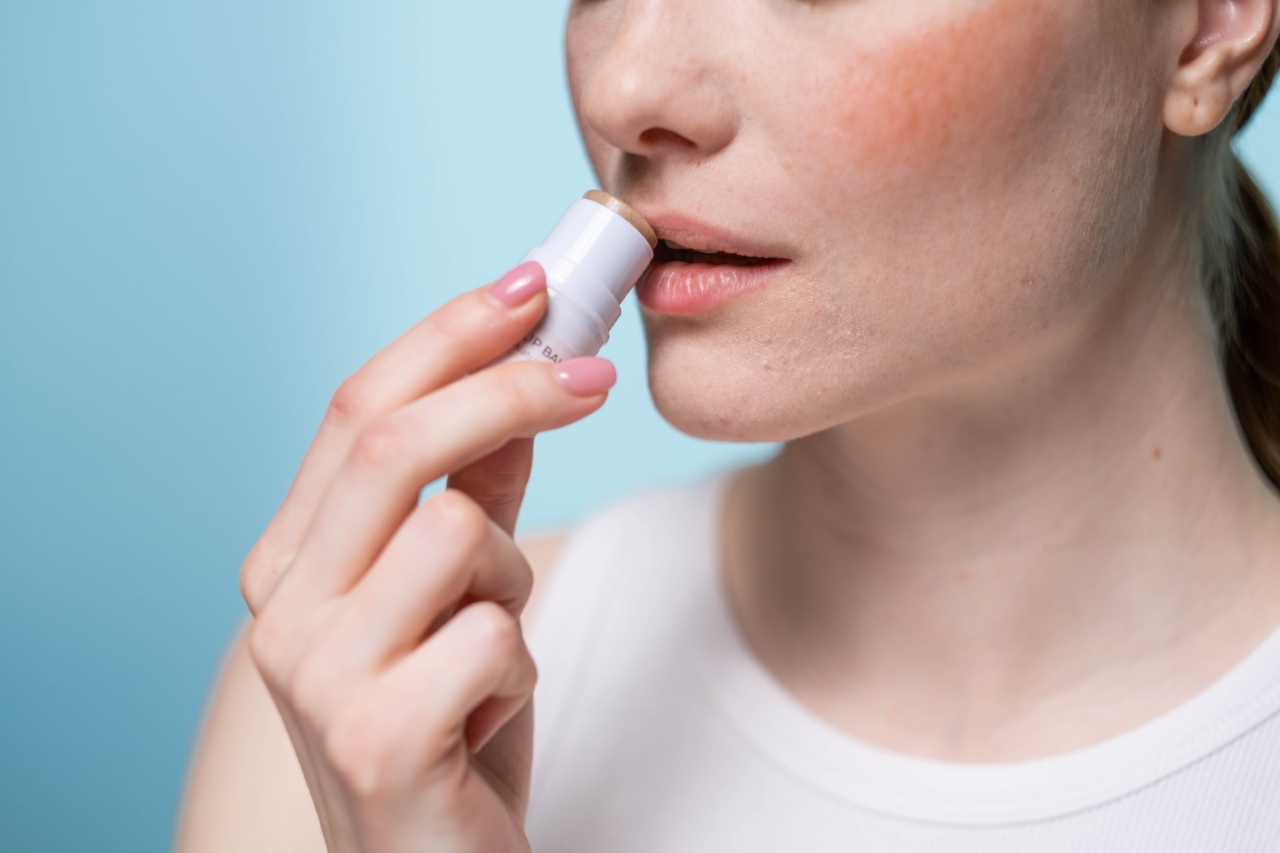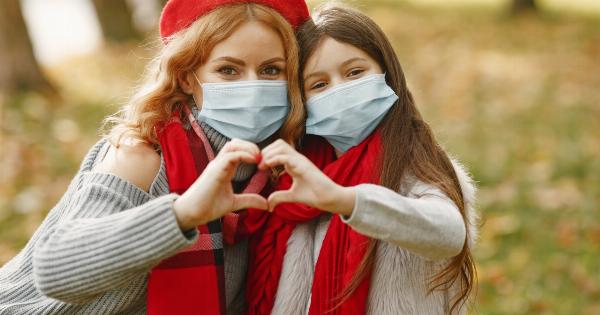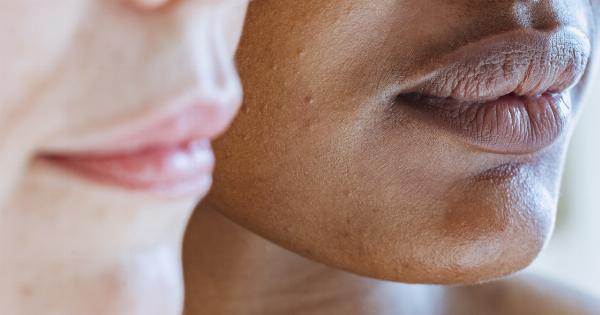Lips are an essential part of the human body that play several functional roles including communication, eating, kissing, and even attracting a potential partner. They also provide an indication of a person’s general health.
A healthy pair of lips should be pink or red, depending on the complexion of an individual. Any deviation from the usual lip color can signify an underlying health issue. In this article, we will discuss the various abnormal lip colors and what they might indicate health-wise.
Pale Lips
Pale lips are an indication of low red blood cell count or anemia. When there are not enough red blood cells to carry oxygen from the lungs to other body parts, including the lips, they tend to turn pale.
Other symptoms of anemia include fatigue, weakness, shortness of breath, chest pain, and dizziness. Anemia can be caused by various factors such as iron deficiency, blood loss, genetic factors, and chronic kidney disease.
Blue Lips
Blue lips can be a sign of a health emergency and require immediate medical attention. The blue coloration results from low oxygen saturation in the blood, a condition called hypoxemia.
Hypoxemia can be caused by chronic obstructive pulmonary disease (COPD), asthma, pneumonia, or other lung-related issues. In some cases, blue lips can also signify cyanosis, a condition that occurs due to inadequate blood oxygenation, causing the skin, lips, and nails to turn blue. Cyanosis is a medical emergency that requires urgent medical attention.
Yellow Lips
Yellow lips can indicate jaundice, a condition that arises when there is too much bilirubin in the blood. Bilirubin is a yellow pigment that is produced by the liver when it breaks down old red blood cells.
In healthy individuals, bilirubin is processed and excreted in stool and urine. In individuals with compromised liver function, the bilirubin accumulates, hence the yellow appearance of the skin and lips. Other symptoms of jaundice include dark urine, fatigue, fever, abdominal pain, and nausea.
Jaundice can be caused by various factors such as liver cirrhosis, hepatitis, and drug-induced liver injury.
Purple Lips
Purple lips can be a sign of hypothermia, a condition that occurs when the body loses heat faster than it is produced. In such cases, blood vessels constrict, causing poor blood circulation to the skin and lips.
Purple lips can also indicate poor circulation due to atherosclerosis, peripheral artery disease, or other circulatory health issues. Other symptoms of hypothermia include shivering, slurred speech, drowsiness, and confusion.
White Spots on Lips
White spots on the lips can indicate several health issues including fungal infections, cancer, oral candidiasis, and leukoplakia.
Oral candidiasis is a fungal infection caused by the Candida yeast, which often manifests as white patches on the lips, tongue, and the inside of the mouth. Leukoplakia is a condition that causes white spots on the lips and mouth, which can occur due to chronic irritation or tobacco usage.
Early detection and treatment of these conditions are essential to avoid further complications and ensure a speedy recovery.
Brown or Dark Spots on Lips
Brown or dark spots on the lips can occur due to sun damage or excess melanin production. Prolonged sun exposure can result in hyperpigmentation of the lips, making them appear darker.
In some cases, excessive melanin production can occur as a result of certain medications, including antipsychotics and chemotherapy drugs. In rare cases, brown or dark spots on the lips can also indicate oral cancer.
Conclusion
Overall, it is important to know the different abnormal lip colors and what they might signify health-wise. If your lip color changes and persists for an extended period, it is advisable to seek medical attention.
Early detection and treatment of underlying health issues are crucial for a speedy recovery and optimal health outcomes.





























